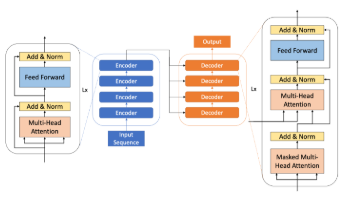2024-05-14 リンショーピング大学
<関連情報>
- https://liu.se/en/news-item/miljovanligt-och-billigt-batteri-for-laginkomstlander
- https://onlinelibrary.wiley.com/doi/10.1002/eem2.12752
長寿命充電可能な水性亜鉛-リグニン電池のための水中ポリマー塩電解質 Water-in-Polymer Salt Electrolyte for Long-Life Rechargeable Aqueous Zinc-Lignin Battery
Divyaratan Kumar, Leandro R. Franco, Nicole Abdou, Rui Shu, Anna Martinelli, C. Moyses Araujo, Johannes Gladisch, Viktor Gueskine, Reverant Crispin, Ziyauddin Khan
Energy & Environmental Materials Published: 07 May 2024
DOI:https://doi.org/10.1002/eem2.12752

Abstract
Zinc metal batteries (ZnBs) are poised as the next-generation energy storage solution, complementing lithium-ion batteries, thanks to their cost-effectiveness and safety advantages. These benefits originate from the abundance of zinc and its compatibility with non-flammable aqueous electrolytes. However, the inherent instability of zinc in aqueous environments, manifested through hydrogen evolution reactions (HER) and dendritic growth, has hindered commercialization due to poor cycling stability. Enter potassium polyacrylate (PAAK)-based water-in-polymer salt electrolyte (WiPSE), a novel variant of water-in-salt electrolytes (WiSE), designed to mitigate side reactions associated with water redox processes, thereby enhancing the cyclic stability of ZnBs. In this study, WiPSE was employed in ZnBs featuring lignin and carbon composites as cathode materials. Our research highlights the crucial function of acrylate groups from WiPSE in stabilizing the ionic flux on the surface of the Zn electrode. This stabilization promotes the parallel deposition of Zn along the (002) plane, resulting in a significant reduction in dendritic growth. Notably, our sustainable Zn-lignin battery showcases remarkable cyclic stability, retaining 80% of its initial capacity after 8000 cycles at a high current rate (1 A g−1) and maintaining over 75% capacity retention up to 2000 cycles at a low current rate (0.2 A g−1). This study showcases the practical application of WiPSE for the development of low-cost, dendrite-free, and scalable ZnBs.



